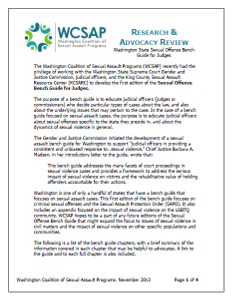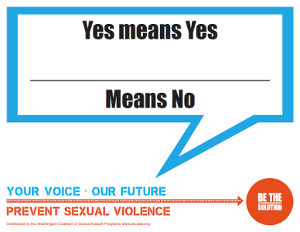We know that young people are digital natives — they have grown up in a world where technology is incorporated into their lives. So what does this mean for prevention work? In this webinar we will highlight research dealing with youth and technology, examine some common statistics regarding youth safety online, and present various methods of incorporating digital safety into primary prevention work.
- Prevention
- Working With Survivors
- Accreditation
- Advocacy Areas
- Culturally Specific
- Legal Resources
- Management
- Medical Resources
- SA Protection Order
- Subpoenas
- Support Groups
- Tech Safety
- Resources
- Policy
- Training

